The Airbus A300 is Airbus' first production aircraft and the world's first twin-engine, double-aisle (wide-body) airliner. It was developed by Airbus Industrie GIE, now merged into Airbus SE, and manufactured from 1971 to 2007.
In September 1967, aircraft manufacturers in France, West Germany and the United Kingdom signed an initial memorandum of understanding to collaborate to develop an innovative large airliner. The French and West Germans reached a firm agreement on 29 May 1969, after the British withdrew from the project on 10 April 1969. A new collaborative aerospace company, Airbus Industrie GIE, was formally created on 18 December 1970 to develop and produce it. The A300 prototype first flew on 28 October 1972.
The first twin-engine widebody airliner, the A300 typically seats 247 passengers in two classes over a range of 5,375 to 7,500 km (2,900 to 4,050 nmi; 3,340 to 4,660 mi). Initial variants are powered by General Electric CF6-50 or Pratt & Whitney JT9D turbofans and have a three-crew flight deck. The improved A300-600 has a two-crew cockpit and updated CF6-80C2 or PW4000 engines; it made its first flight on 8 July 1983 and entered service later that year. The A300 is the basis of the smaller A310 (first flown in 1982) and was adapted in a freighter version. Its cross section was retained for the larger four-engined A340 (1991) and the larger twin-engined A330 (1992). It is also the basis for the oversize Beluga transport (1994). Unlike most Airbus products, it has a yoke, not using a fly-by-wire system.
Launch customer Air France introduced the type on 23 May 1974. After limited demand initially, sales took off as the type was proven in early service, beginning three decades of steady orders. It has a similar capacity to the Boeing 767-300, introduced in 1986, but lacked the 767-300ER range. During the 1990s, the A300 became popular with cargo aircraft operators, as both passenger airliner conversions and as original builds. Production ceased in July 2007 after 561 deliveries. As of September 2023, there are 197 A300 family aircraft still in commercial service.
Pakistan International Airlines flight 268:
Pakistan International Airlines Flight 268 was an Airbus A300, registration AP-BCP, which crashed while approaching Kathmandu's Tribhuvan International Airport on 28 September 1992. All 167 people on board were killed. Flight 268 is the worst accident in the history of Pakistan International Airlines, and the worst ever to occur in Nepal.
The wrecked of PIA 268

AP-BCP, the plane involved in the accident

Control:
Ag1 - Arm Speed brakes (requires gear down)
Ag2-4 - Strobe/Landing/Cabin Lights
Ag5 - Open front left door (Requires not moving)
AG6 - Pushback
AG8 - Engines, Nav/Taxi/Beacon lights
De-activating 8 will cut power to all lights
optional: all 4 Forward doors can open(just connect them to the pistons)
Landing
Approach speed: 115 knots
VTOL(flaps): 100%
Trim: 25%
Gear: down
AG1: Activated(helps negate bouncy landings)
Cruise:
Cruise speed: mach.0.78(450 knots)-TAS
Max operating speed: Mach 0.82(470 knots) - TAS
optional:
No more than 250 knots below 10,000ft - IAS as per regulations
HAVE A SAFE FLIGHT!
Specifications
Spotlights
- SimlpeVietnam 2 months ago
General Characteristics
- Predecessor A300-200[PW]
- Created On Android
- Wingspan 147.0ft (44.8m)
- Length 173.6ft (52.9m)
- Height 54.1ft (16.5m)
- Empty Weight N/A
- Loaded Weight 95,516lbs (43,325kg)
Performance
- Power/Weight Ratio 1.35
- Horse Power/Weight Ratio 0.031
- Wing Loading 28.9lbs/ft2 (141.0kg/m2)
- Wing Area 3,307.8ft2 (307.3m2)
- Drag Points 7949
Parts
- Number of Parts 442
- Control Surfaces 9
- Performance Cost 2,982


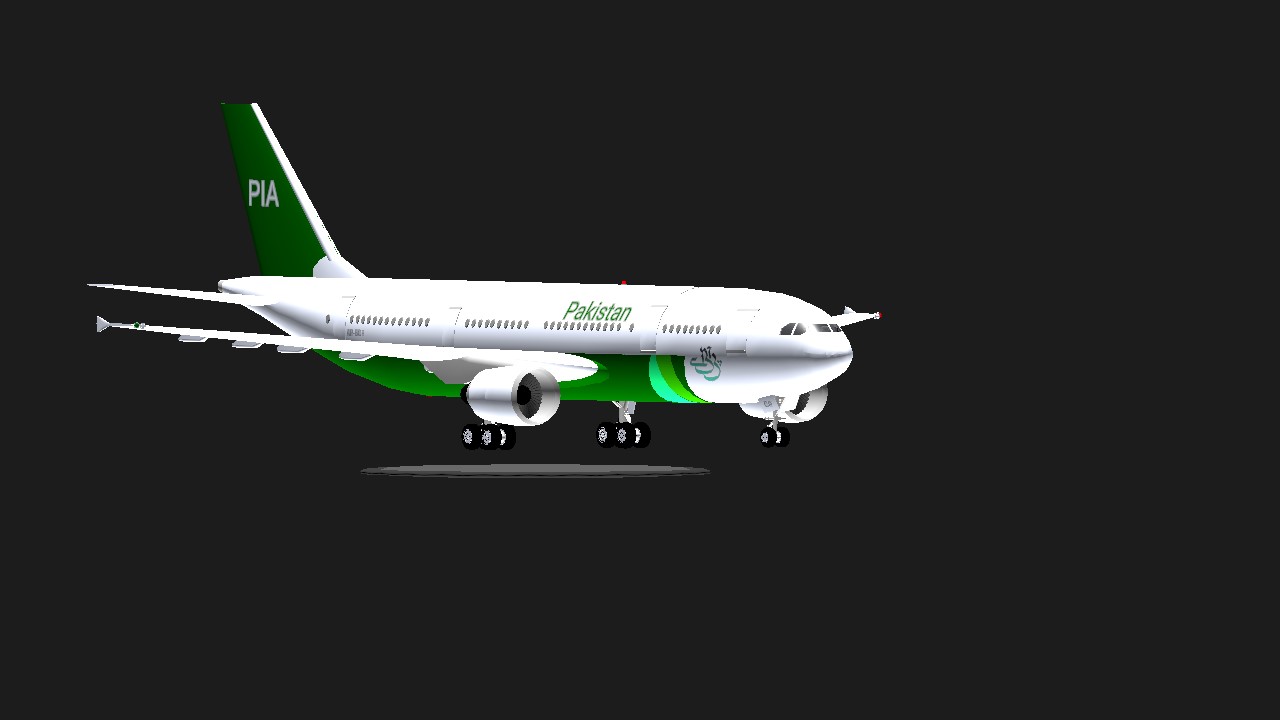
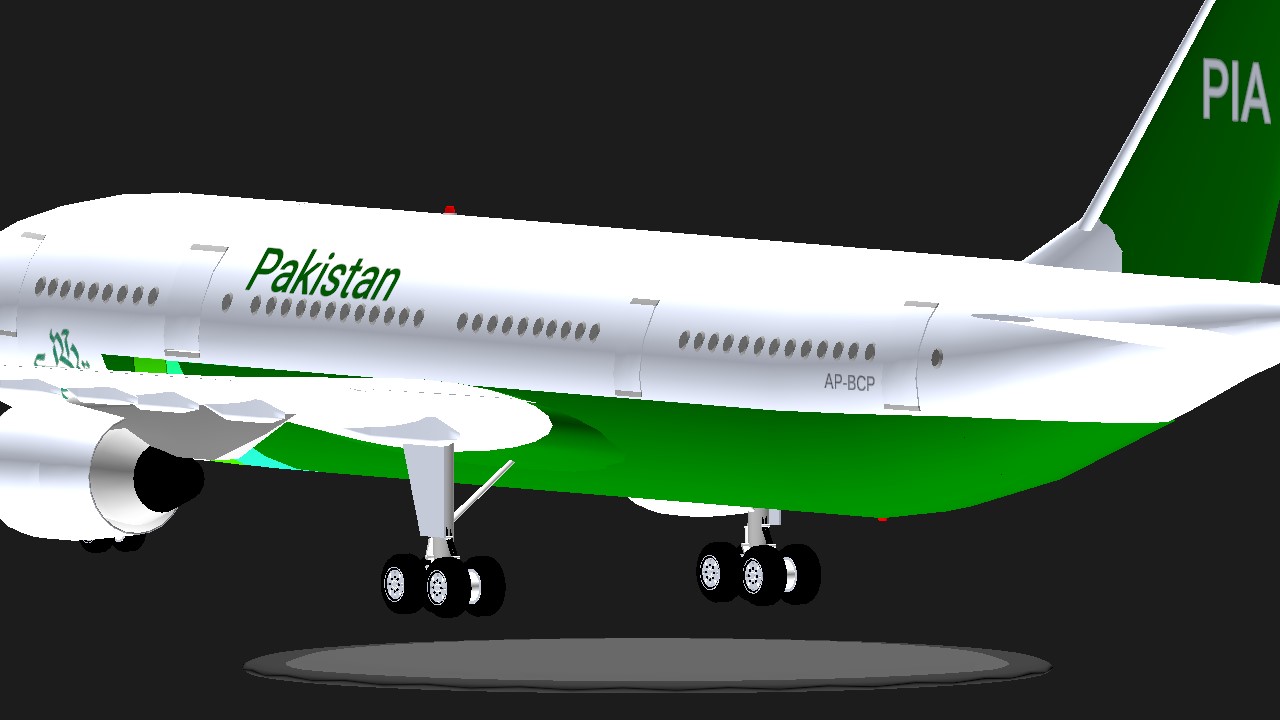
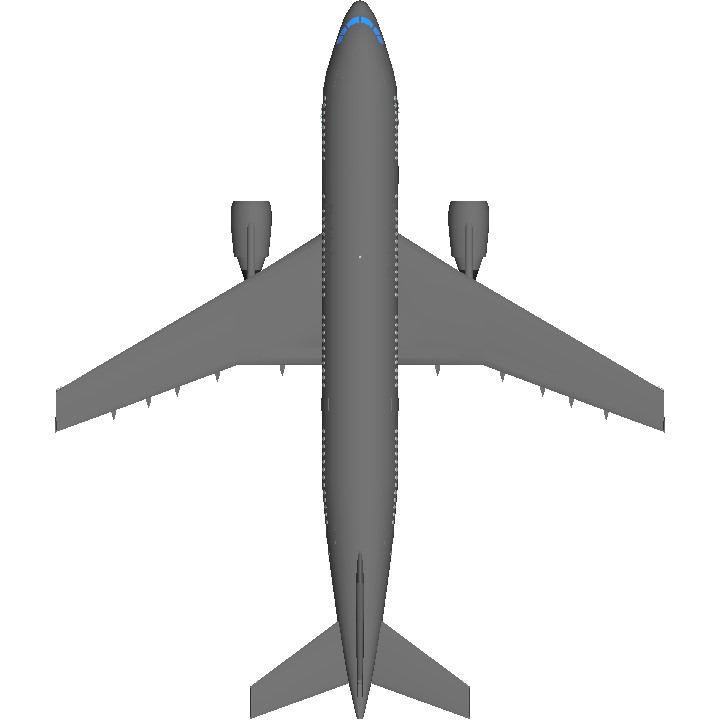
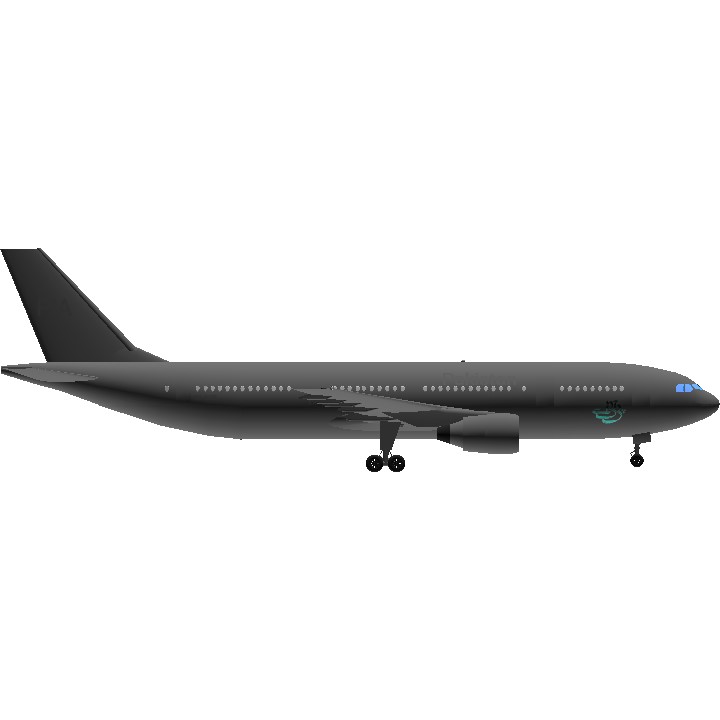
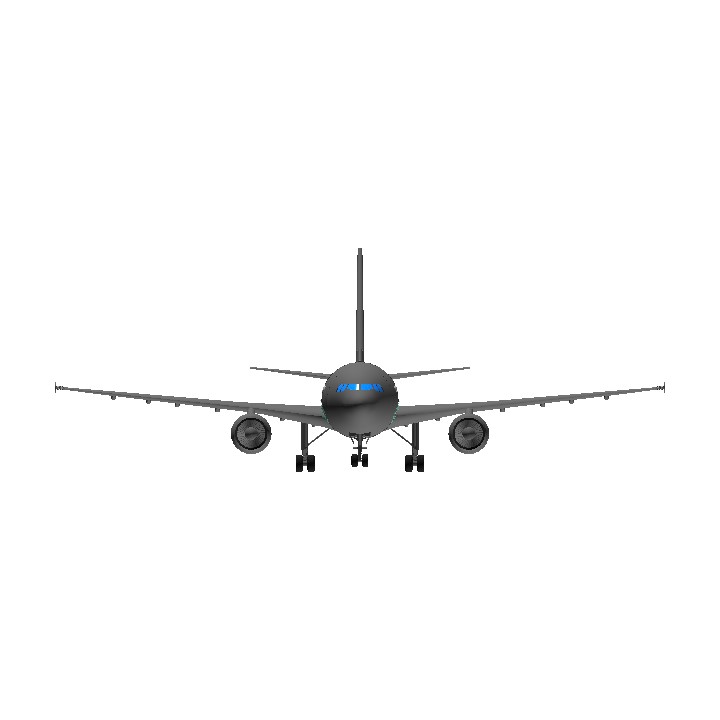
加油!
@bluesyn
Thank @AverageFedExMD11 for the Airbus A300B4-200